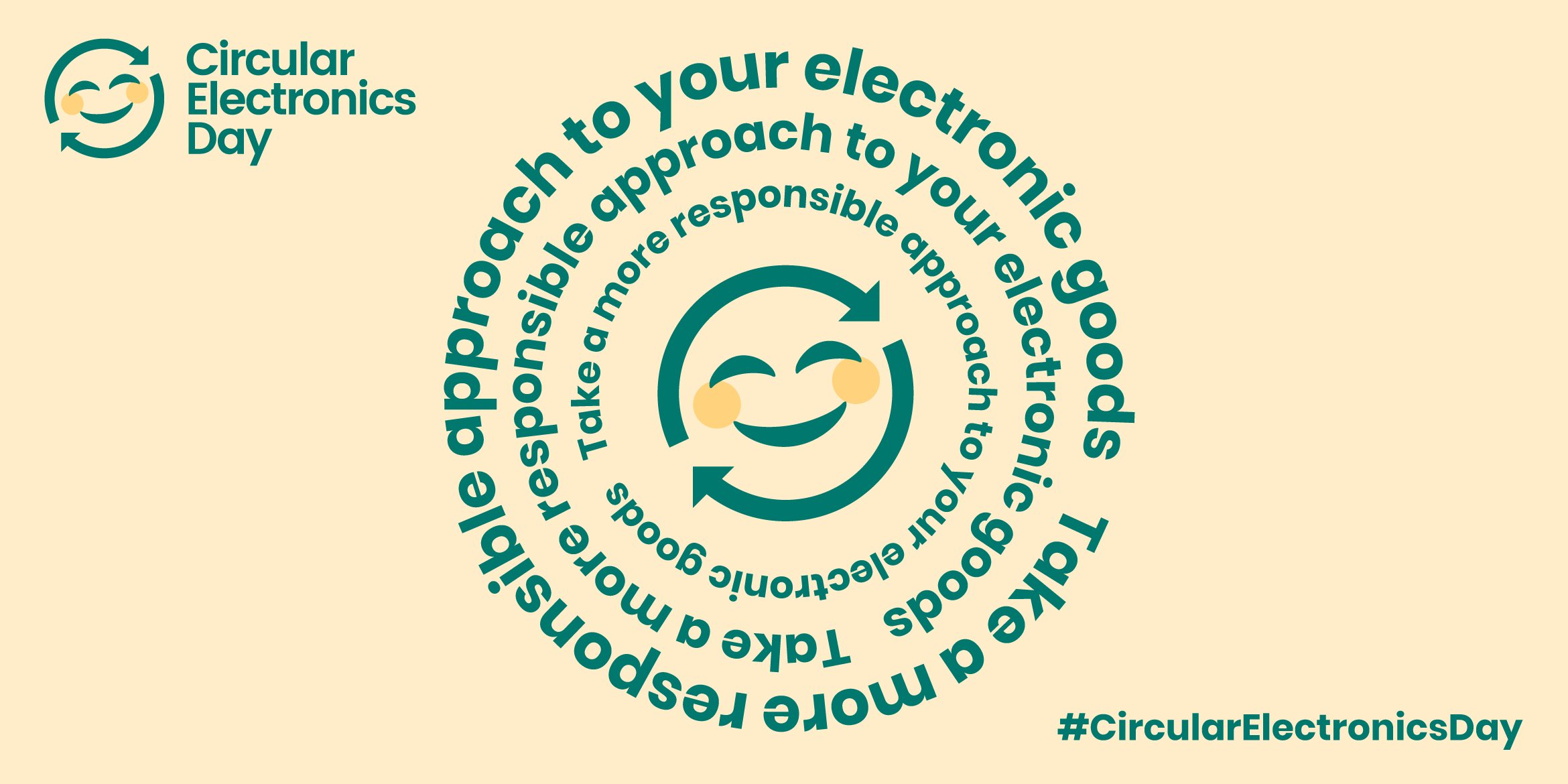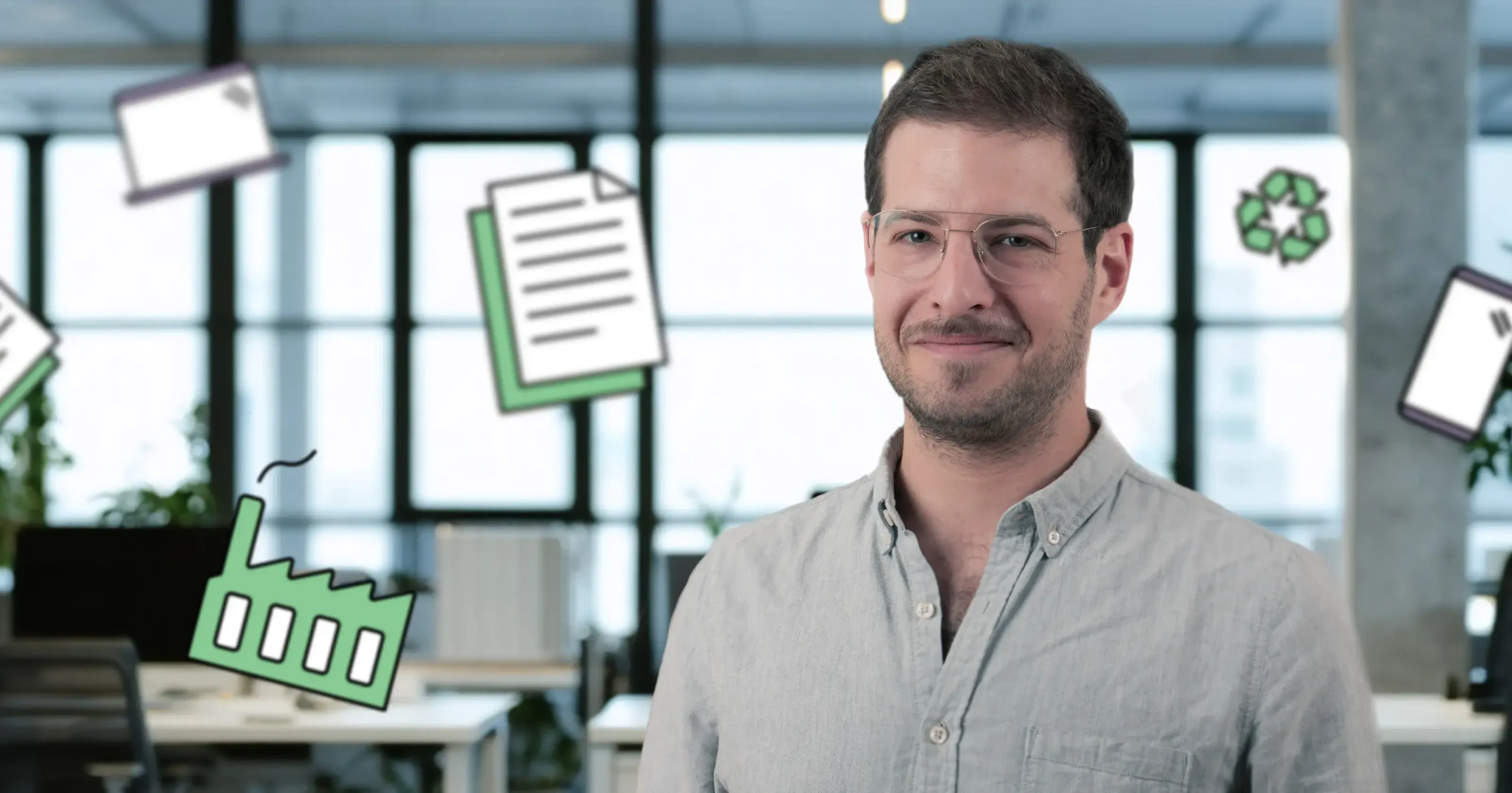Circular Electronics Day encourages industry to think about the long-term impact its purchasing decisions have on the environment and human health. Clare Hobby, director of purchaser engagement at TCO Development, highlights circular solutions to electronic products.
This opinion piece is published by The IET
In today’s linear economy, virgin natural resources are used to manufacture products that often have a short lifespan before they are discarded. This leads to a number of serious sustainability issues that can affect human health and the environment. From raw-materials extraction to final assembly, working hours, health and safety and forced labour are just a few examples of industry-wide issues. Conflict minerals used in IT products are known to fuel wars and human rights abuses. Hazardous substances present a wide variety of risks.
Valuable natural resources are overused and the problem with electronic waste is severe. Worldwide, 50 million metric tons of e-waste are generated every year. It’s often handled in unsafe ways, leading to human health problems and environmental degradation.
All stakeholders need to act together to drive change, but IT buyers and policymakers hold the key. They have the power to influence the industry to move in a more sustainable direction and, by making informed, responsible purchasing decisions, can have a direct effect on human health, lives, and the environment.
It’s important to remember that products themselves aren’t circular – it’s all about what we do with them. In a circular economy, resources are handled in a more responsible way, with the aim of keeping materials in circulation and eliminating waste altogether. But this lofty goal won’t happen just through better product design or safer materials – circularity relies on what we do with the products we buy, how we buy and use them, and what we do with them when we can’t use them any longer.
Today, 24 January, is Circular Electronics Day, an initiative backed by more than 14 organisations that encourages organisations and consumers to take a more responsible approach to the electronic products they use. With the hashtag #CircularElectronicsDay, the group has created an online platform for individuals and organisations to take circular action.
So, how can we drive circularity, as users, buyers and policy makers?
One of the first things to do is to rethink recycling. When we think about the circular economy, it’s easy to turn our attention to recycling. In fact, longer product use, followed by product reuse is more resource efficient than recycling since most materials lose value every time they are recycled. Recycling often requires energy and water as well. Therefore, extending product lifetime is the best way of lowering environmental impact. In a circular economy, products are built to last. They are durable and can be upgraded and repaired. Parts like batteries can be replaced, for example, rather than discarding a functioning product just because its batteries have worn out.
Recycling still has a role as we transition to a more circular approach, however. Once products have reached the end of their usable life, we need to make sure they can be used as a resource to manufacture new ones. This way, we can reduce the need for virgin materials. The idea is that product and material life are considered up front, in the design phase; components are made to be replaceable, using safer materials that make them viable for recycling and reuse.
If you’re coming up on a new IT hardware purchase, there are some things you can do today to start taking a more circular approach. Start by asking yourself four questions: do you really need the product; can you buy it second hand; is it possible to rent the product; can you repair or refurbish an old product?
If repairing, renting or buying second-hand isn’t an option and you’ve decided to purchase a new product, look for a sustainability certification compliant with ISO 14024 that includes circular criteria covering the product’s full lifecycle. Compliance with the criteria, must be independently verified.
When organisations join together, we can drive real change. Not just on Circular Electronics Day, but every day we want to work with stakeholders to push the boundaries for more sustainable IT products. If we think circular, and act together we can have real impact on human health, lives and the environment.
Clare Hobby
Director of purchaser engagement at TCO Development




